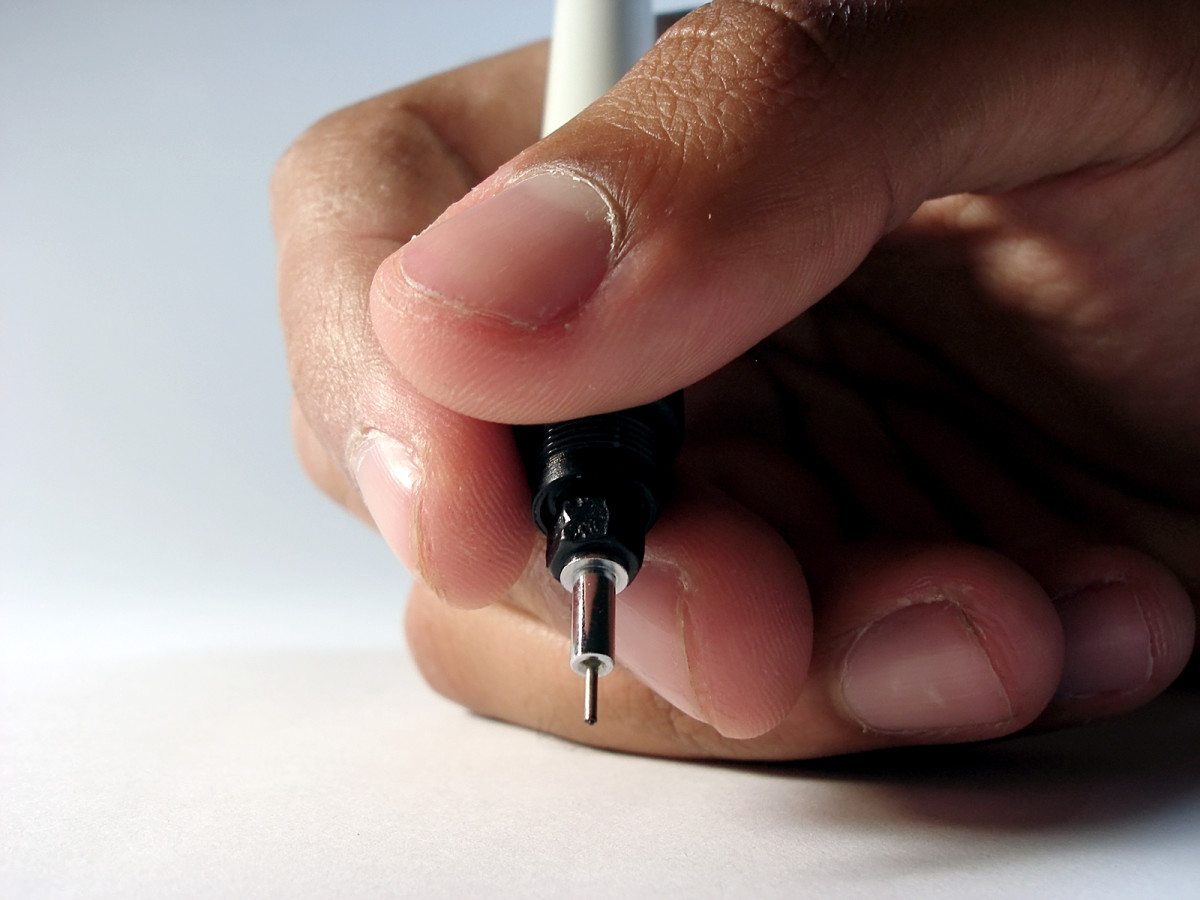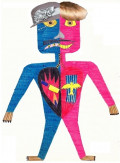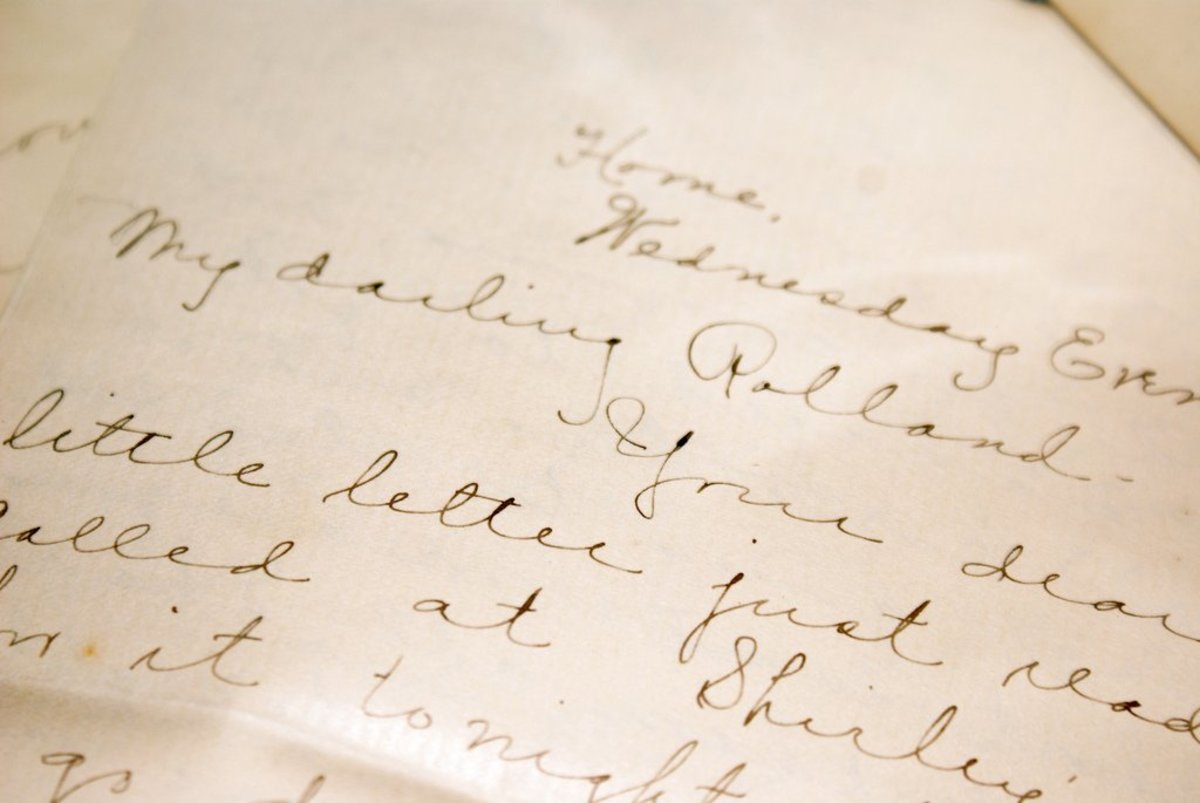What Does Your Handwriting Say about Your Personality?
Modern technology has changed how people communicate. Instead of handwritten letters, there are now emails which take only a few seconds to type and deliver. However, there is still a certain charm to handwritten notes and letters. You can think of it as having a very personal touch to how you communicate. After all, effort is exerted for every letter you write!
Graphology and How It Can Explain Your Personality
Did you know that your handwriting can reveal a lot about your personality? Graphology is the study of a person’s handwriting and is usually used to reveal a person’s character. Other than revealing a person’s character, it can also help explain a person’s abilities, preferences, and other subtle details about their personality.
The manner in which a person writes can reveal over 5,000 personality traits! To a trained graphologist, “reading” a person’s character through their handwriting can be possible. Although this is not an exact method of gauging a person’s character, graphology can help shed some light on a person’s traits which are specific to them.
A graphologist pays particular attention to the strokes of each letter, the overall look of the letters, and even the heaviness or lightness of the person’s penmanship. Read on to find out about the little telltale features that you can see from your handwriting and what they mean!
Size and Spacing
Do you write with large or small letters? Large letters mean that a person is extroverted and outgoing. It may also mean that a person is seeking attention. This is especially true if a person always writes in all capital letters. All capital letters may mean self-assertion, too.
Small letters, on the other hand, mean that a person may be shy or withdrawn. Usually, people who write with small letters are studious and meticulous. They may also be introverted but have an attention for detail as reflected by their ability to write in smaller text.
When the size of the letters is average, it may mean that a person is neither introverted nor extroverted, and that person is well-adjusted to different situations. They can also adapt to different social situations with no difficulty compared to those who are introverted and prefer reclusion.
The spacing in between each letter or the words written also reveal something about a person’s character. Wider spaces in between letters or words mean that a person enjoys freedom and that they do not like being confined or crowded. Those who have more narrow spaces have the tendency to consistently want company. They may also be kind of intrusive especially when they feel the need to be with people.
Letter Shaping and Loops
A person has his or her own trademark way of shaping and looping their letters. Rounded letters mean that that person is creative and have an artistic streak to them. It may also be significant of their being logical and having rational decision making skills. Pointed letters, on the other hand, may mean that a person is more aggressive, highly intelligent, and curious about a lot of things. People who write with pointy letters also have the tendency to be more intense.
When looking at the loops, the size is usually what helps determine the person’s characteristics. The small letters “l” and “e” in cursive are those which may indicate how a person is to himself and to others. Narrow loops for a small “l” may mean that a person is restricting him or herself; this may ultimately lead to having feelings of tension. Wider loops for a lowercase “l” mean that a person is more relaxed and is more spontaneous; these people usually have no problems expressing themselves.
More narrow loops for a lowercase “e” means that a person may be skeptical towards other people. They are not easily swayed by other people’s opinions or emotions—somewhat guarded in their interactions with others. Those who write their lowercase “e” with wider loops are more open-minded and don’t mind having new experiences to enjoy.
People who more often write in cursive or connected letters are usually said to be more logical and systematic, and they also have the ability to make their decisions based on careful analysis of the situation they are faced with.
Slanting
Have you noticed how penmanship tends to have different slants? The most commonly observed slant is slanting towards the right—after all, a lot of penmanship practice books instruct students to slant towards the right. Slanting towards the right means being open to new experiences and meeting other people.
But what if even after trying really hard to follow the “rule” to slant towards the right as indicated in penmanship writing books, your penmanship still slants to the left? This means you have the tendency to be a little more secretive and you generally keep things to yourself. People with handwriting that slant to the left are usually fine working behind the scenes. This is often observed in left-handed people. But if your penmanship slants to the right even when you are right handed, this may be indicative of expressing a certain level of rebellion.
The Other Little Details
There are literally thousands of possible interpretations of a person’s characteristics based on their penmanship. Other details which may also be indicative of personal traits include the pressure with which they write, how they dot there i’s and cross their t’s, or how their lowercase s’s and o’s are written.
A dot placed high over the “i” means having a high imagination. Dotting a little towards the left may mean being a procrastinator, while having the dot right over the “i” means having an eye for detail and being more meticulous. Slashes instead of dots may mean having a lot of patience, or even not being able to learn from their mistakes. If you place a small circle as a dot over your “i”, it may be a sign that you are child-like and fun-loving.
A long cross on the t means a person is enthusiastic and determined while a shorter cross may mean being lazy or not having enough determination. A cross at the very top of the t may mean being ambitious and having a good self-esteem while a cross around the middle means being comfortable in oneself.
Open o’s mean being talkative and open, easily able to express themselves to others. Closed o’s on the other hand mean being very private and being an introverted person who enjoys his privacy. For lowercase s’s, rounded and cursive ones mean being a people-pleaser who tends to avoid having confrontations while having a pointier lowercase s my mean being ambitious and inquisitive.
Manner of Writing
People who write fast tend to be impatient and they dislike wasting their time or having delays while people who write a bit slower are more organized and methodical in their approach in many aspects of life. For those who write with a lot of pressure on the paper, it may mean a high emotional energy and that they are enthusiastic and driven towards success. Those who write lightly may be more relaxed in their outlook in life.
Although a lot can be said about a person based on their handwriting, graphology takes years of practice and thorough observation before something more conclusive can be said about a person’s character. Because of this, it can be said that not all the observed potential signs that a person’s handwriting has are exactly what graphology claims them to be. In the end, what a person shows in his actions and words can determine his or her character more than how their penmanship looks like.








